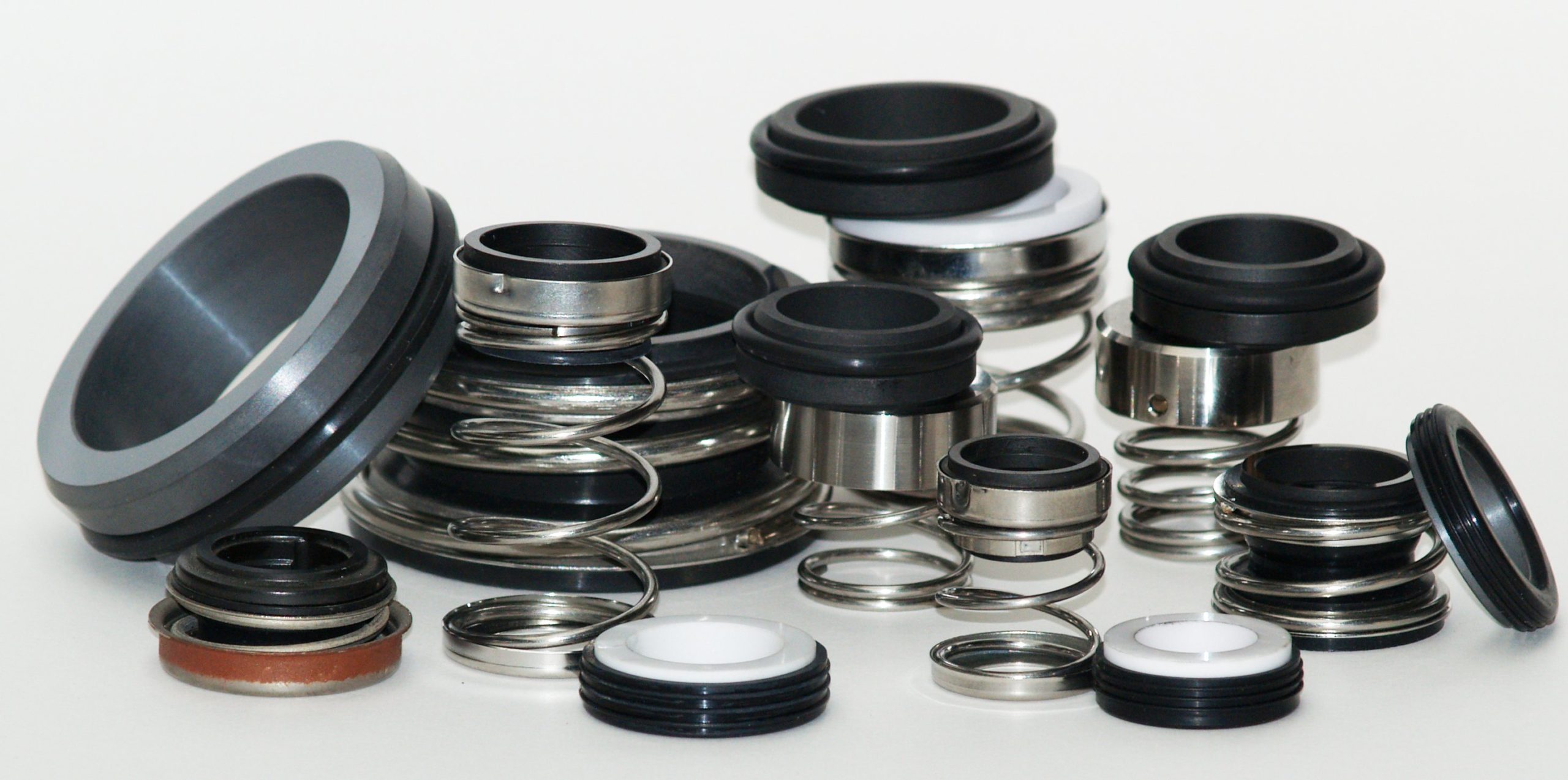Vibration & Misalignment: two common causes of mechanical seal failure
Vibration & Misalignment: two common causes of mechanical seal failure
Vibration & Misalignment: two common causes of mechanical seal failure
22 Jul 2019

How Excess Vibration Leads to Mechanical Seal Failure
Mechanical equipment moves and vibrates. That’s normal, but if the machine has an imbalance, the vibration and movement can become excessive to the point where it eventually leads to mechanical seal failure.
Mechanical seals rely on a thin film of lubricant between the sealing faces. Excessive vibration can prevent the formation of this lubricating layer, which in turn will result in increased wear and early seal failure. Regular maintenance can identify and limit conditions which would cause excessive vibrations; e. g. accumulation of dirt or grit in equipment causing an imbalance, wear on bearings, shaft misalignment etc. Operators should also inspect their machinery for any loose bearings and points where joints or mounts have become loose as this can also cause vibration.
Pumps and similar equipment have a best efficiency point (BEP). Operating machinery away from its BEP, either greater or lower, not only means decreased efficiency. It also means excess vibration, which causes multiple forms of damage, including mechanical seal failure.
Why Misalignment Causes Damage to Mechanical Seals
If two seal faces don’t meet precisely, it creates problems including leakage and uneven wear on the seal faces, which leads to seal failure. If one portion of the seal is receiving more impact, it will compress more than the rest of the surface, which will cause mechanical seal failure.
One common cause of this is an incorrect installation. The person responsible for installing a mechanical seal should be well-trained in how to do it and be allowed ample time for the task. Sometimes the pressure to reduce downtime leads to sloppy work, but it saves time to slow down and ensure the seal is fitted correctly. Better to do the job right once!
The same types of machine imbalance that can cause excess vibration can also be a root cause of mechanical seal misalignment. The vibration itself can over time force the seal face out of alignment.
Regardless of the cause, a seal that is not aligned correctly will wear unevenly and suffer damage. If you are ever in doubt about the perfect product for your installation, need a custom sealing product or advice from our experts, contact us to see all solutions that Abbey Seals has to offer.
-
Post tags
-
Seal Fail
-
Why Do Seals Fail
